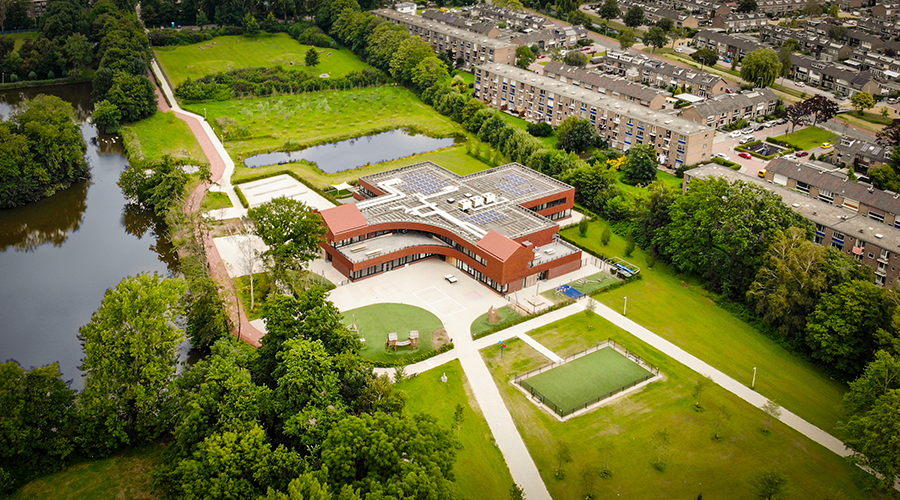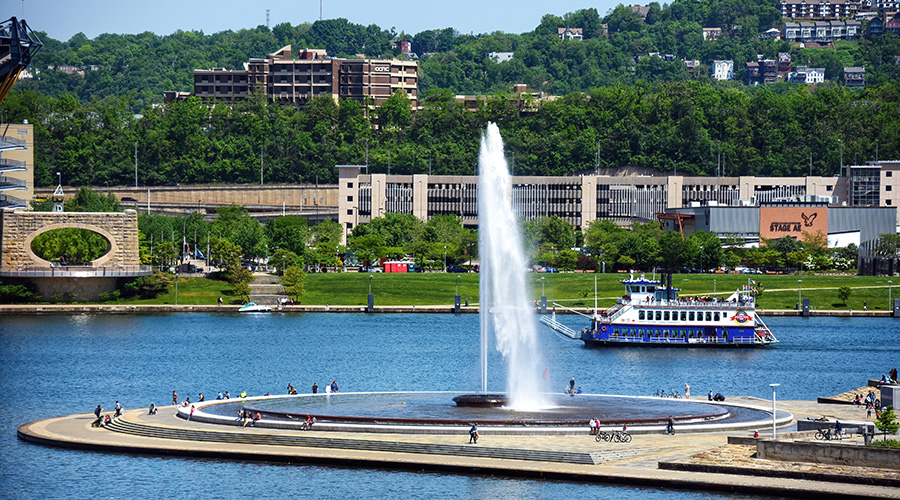
Decarbonizing School Buildings a Slow, Steady Process
When transitioning older buildings to all electric, managers encouraged to set their own pace and own plan. July 10, 2024
By Dave Lubach, Executive Editor
Decarbonizing an old K-12 school building – or any older building for that matter – can feel like an intimidating process.
The New Buildings Institute (NBI), which despite its name understands that most school districts can’t tear down their old buildings and replace them with new, fully electric ones, recently hosted a webinar to help facility managers transition their older buildings to net-zero emissions.
“Achieving an all-electric school, especially in those existing older schools, can feel like such a daunting task,” says Reilly Loveland Falvey, NBI’s associate director. “That’s DAUNTING in all capital letters.”
NBI developed a decarbonization roadmap guide to help guide K-12 district facility or energy managers – or any similar managers at institutional and commercial facilities – through the process. The steps include:
- Engaging stakeholders and finding champions who support the cause.
- Assessing building stock by benchmarking and tracking performance.
- Setting goals and incorporating them into policy plans and practices.
- Aligning projects with building lifecycle events, which can include implementing zero energy, all-electric and renewable energy projects.
- Engaging occupants like students in school districts and occupants in other commercial or institutional settings.
- Tracking and reporting on progress, keeping building occupants and the public informed on progress.
Loveland Falvey stressed that achieving net-zero operations is not an overnight process for existing buildings and encourages managers to set realistic goals that can be achieved over time as budgets and available money allows.
“A getting to zero over time approach is a long-term strategy that applies to energy management where you leverage every opportunity,” she says.
Those opportunities to start the road to decarbonization can begin with projects such as a roof replacement, a major or minor retrofit such as an HVAC or lighting system that has reached the end of its lifecycle or an abstract event such as a new school board that emphasizes energy-saving projects.
An all-electric school contains the following technologies: heat pump water heaters, all-electric kitchens, solar panels, reflective roof coatings, plenty of natural daylight, outdoor shade structures, LED lighting, energy efficient windows, and eventually solar storage capability.
The webinar described HVAC systems, water heaters, commercial kitchens and laundry as focus areas for systems to electrify in buildings.
For managers seeking guidance, NBI provides managers with tools to help get started on the path.
“There’s not a program to follow,” she says. “I know there’s tons of programs and campaigns out there. This is your own. It’s updating plans and processes to include energy and carbon, and then using those to guide you as opportunities and funding arrive.”
Dave Lubach is executive editor of the facility market.
Next
Read next on FacilitiesNet












